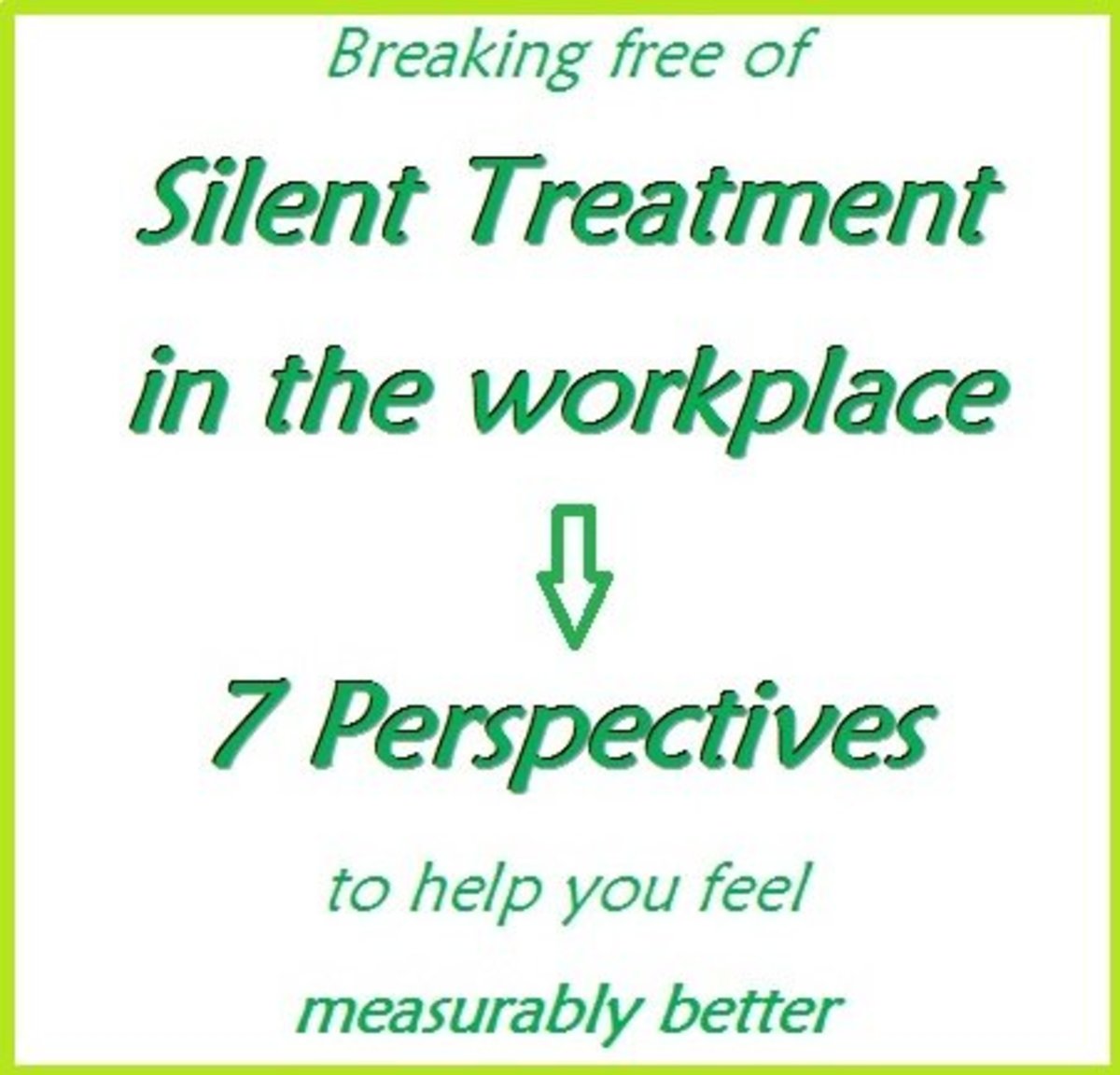Responding to Employee Conflict

Responding to Employee Conflict
It is tough! Trying to manage a business, or if a company is lucky enough to even have a human resources department, trying to manage human capital is indeed…tough. It is difficult because of all of the employee relations and labor laws protecting the “rights” of employees or at least the perceived notion that a big, bad, ugly lawyer is coming after the business leader that takes control of an employee conflict situation. For fear of having to deal with a disgruntled employee-hired attorney, many business leaders would rather just stay out of employee conflict. Unfortunately though, employee quarrels can often mess up entire groups that normally jelled, leading to a destruction of company culture, causing low morale and productivity loss. This is why it is imperative that leaders take control when employee conflicts arise and nip it in the bud as soon as possible.
I believe that it was Mark Twain who said, “Always acknowledge a fault frankly. This will throw those in authority off their guard and give you opportunity to commit more.” Too bad more employees have not learned to confess when they are at fault. Most conflicts would resolve themselves if we all remembered what we learned when we were still playing in the sandbox or on the playground: Be nice, say “I’m sorry,” treat one another as we want to be treated. What a concept!
Here are a few reasons employee conflict arises along with some simple solutions:
Need for control: An employee cannot or will not be pushed around and sees authority figures as those doing the pushing. It is the “you can’t tell me what to do” mentality. It stinks because those employees tend to forget the old adage, if you don’t work, you don’t eat. If they would rather be in control, show them the steps to get there.
Different values: Feelings, nothing more than feelings can take over an employee’s responses to their job duties. Whether beliefs, values, or principles, we all have standards we live by and once those standards are jeopardized, or perceived to be, we strike out. Reviewing policies, procedures, and job descriptions is helpful to see that they are straight up and not offensive in any way. This does not mean to change policies to fit the mold of politically correct language (that is always open to interpretation), but to make sure there is nothing blatantly glaring.
Big Bullies: Every segment of society has them. I hate that. I don’t like people picking on others and I would never tolerate it in business. There was a study conducted years ago by a Dr. Gary Namie of the Workplace Bullying and Trauma Institute (I’m serious!), where he surveyed 1,000 people who claimed to be picked on at work. It was discovered that of these victims, 33% quit their jobs and 37% were fired. Surprisingly, it was found that 58% of workplace bullies are women and their victims, 80%, are women too.
There is no need and no room to put up with it. Put simply, follow your guidelines and if necessary offer employee assistance programs (EAP) to the bully. If he or she does not want help, document the bullying moments and then get rid of them. They are ruining your business and you are setting the business up for future trouble.
Action steps
1.) If your workplace is experiencing employee conflict, the first thing to do is acknowledge it. Don’t ignore it because it will not go away.
2.) Then, agree to meet with the feuding parties to get to the bottom of the issue. Here is the key I always keep in mind: We spent a lot of time, energy, and money hiring these folks. We do not need to spend a lot of time babysitting. If I cannot get to the root and come up with a resolution, with the help of both parties, then I, or we, didn’t do a good job in the hiring process. We need to get rid of these folks and get people who can fit into our culture and understand the direction of the company. Explain expectations and if that doesn’t work, move on.
3.) Develop a resolution process. Include a resolution process in your employee handbook and make sure that everyone has read it and understands it. This is a great tool to have, but is only one tool in helping to address and resolve employee conflicts.
4.) Look at the behaviors of the employees and not the personalities. There are a gazillion reasons why an employee that you put so much time and thought into hiring, believing that he or she is the perfect fit, would suddenly go off the range. There may be issues at home, there may be domestic violence issues, financial stress, medical conditions, and so on that is contributing to employee conflict actions. Try to find out if you can. If not, remember, you are not a counselor (unless that is your business), but trying to run a business.
5.) Stay available. Keep your door open or at least let employees know they have a communication path that works and that you want everyone to get along and play fair. When trouble arises, all parties should seek to have some type of resolution for the sake of the business.
Some conflict is good. It gets feelings on the table and helps to find solutions that help make the team a more productive, creative, positive group. Friction can make a good fire. Just learn to recognize both good and bad conflict and put out the bad fires before they get out of hand.




